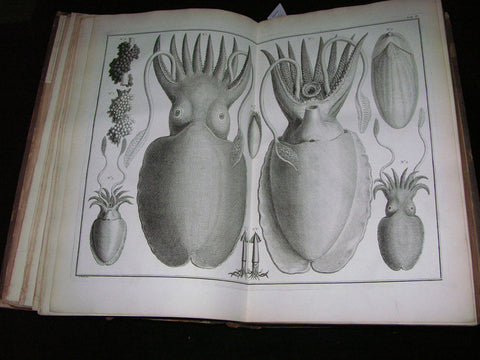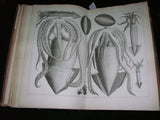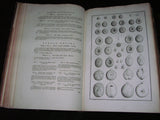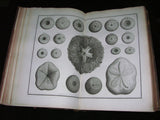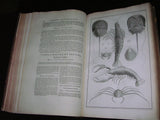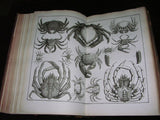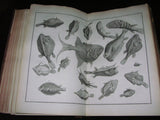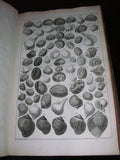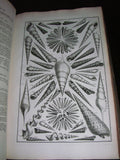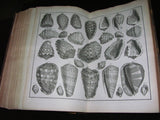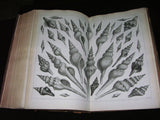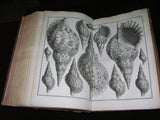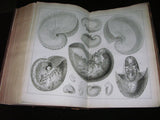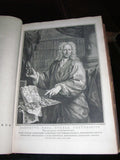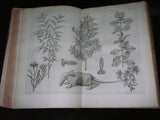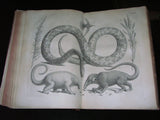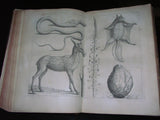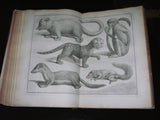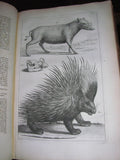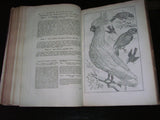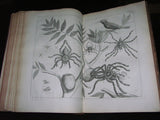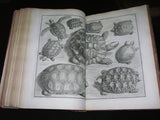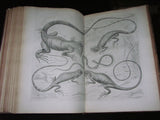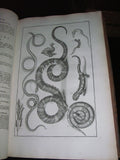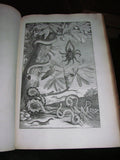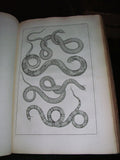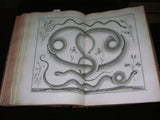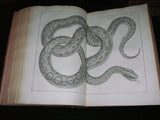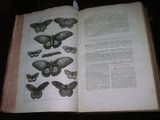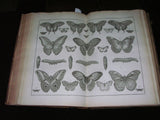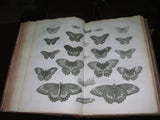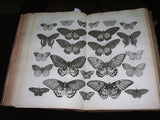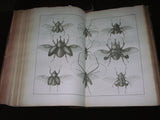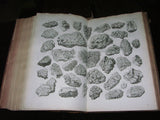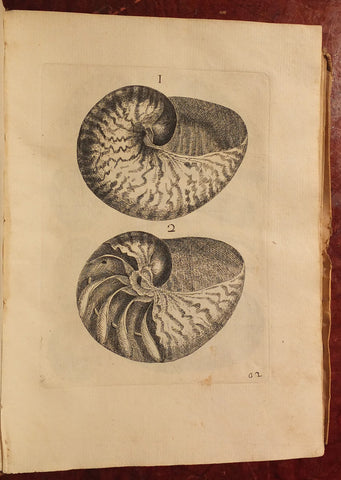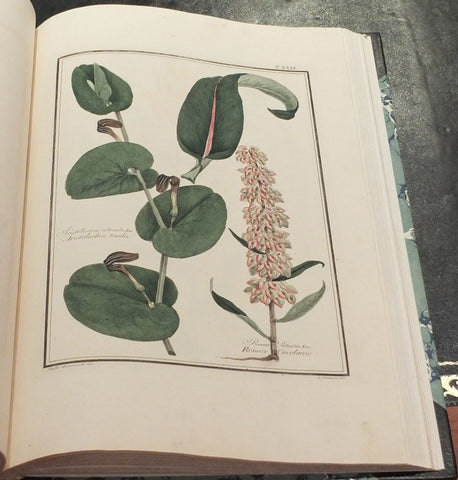Albertus Seba (1665-1736), Locupletissimi Rerum Naturalium Thesauri Accurata Descriptio et Iconibus Artificiosissimis Expressio, Per Universam Physices Historiam
Albertus Seba (1665-1736)
Locupletissimi Rerum Naturalium Thesauri Accurata Descriptio et Iconibus Artificiosissimis Expressio, Per Universam Physices Historiam
Amsterdam, Wetsten, Smith and Jannson-Waesberg, 1734-1765.
4 volumes. Folio (20 x 13 inches). Text in Latin and Dutch. Half-titles, title-pages printed in red and black with engraved vignettes. Engraved allegorical frontispiece after L.F. Dubourg by P. Tanj, portrait of Seba by J. Houbraken after J.M. Quinkhard, and 449 engraved plates including 175 double-page, by P. Tanji, A Van der Laan, F. de Bakker, A. van Buysen, de la Croix, J. Folkema, W. Jongman, F. Morellon, K.D. Ptter, J. Punt and J. van der Speyk, engraved headpieces, blank label pasted over the last two digits of date on colophon of volume III. Contemporary mottled calf (rebacked in 1932 in brown morocco, very worn).
Provenance: with the 18th -century bookplate of the Earl of Moira, probably John Rawdon, the first early (1720-1793), on the verso of each half-title; with the bookplate of the Leicester City Libraries on the front paste-down of each volume, and their discreet blind library stamp to the upper margin of the preliminaries of each volume, and about ten plates.
First edition of one of the great eighteenth century "cabinet of curiosities" and one of the century's most desirable natural history books. Seba, a German-born apothecary and a wealthy member of the Dutch East India Company, practised in Amsterdam where his enormous wunderkammer became internationally famous as one of the city's essential sights. In 1717 his first collection was sold to Peter the Great of Russia. Most of the text of the first two volumes was written by Seba himself. After his death in 1736, publication could only be continued by using the proceeds of an auction of his second collection of curiosities. Seba's collaborators on the work included many noted scientists of the day, including H. Boerhaave, H.D. Graubius, P. Massuet and P. van Musschenbroek. Possibly the most important contribution was the description of fishes by P. Artedi who worked at the recommendation of Linnaeus (who declined an opportunity to participate himself).
The plates depict birds, mammals, insects, butterflies, reptiles, amphibians, spiders, millepedes, fish, molluscs, crustacea, minerals and fossils and sixty plates depicting some six thousand examples of shells in beautiful arrangements. The book is also popular for its illustrations of monsters and freaks of nature, including a seven-headed hydra and some almost unmentionable subjects which were probably the result of vivisection. Baron Cuvier re-issued the plates in Paris, 1827-1830. Anker 454; Pritzel 8562; Landwehr 179.
We Also Recommend

